“What are those? Buttons?” I asked my friend — once again admiring her sprawling gardens.

“Actually,” she began (allowing time for appreciation), “It’s called string of buttons or more accurately, Crassula perforata. It’s a succulent that grows fast and shrubby, and sprawls everywhere. Easy to propagate, and it does well in pots both indoors and out.”
“Very pretty, almost delicate.”
“And a symbol of growth and resilience. It’s also symbolic of a strong, enduring friendship, which is why I have one for you take home.”
“Really?” I exclaimed taking possession of the small pot. “Should I keep it potted? Or plant it in my garden?”
“That’s up to you, depending on the season, I’d keep it indoors until spring. It enjoys lots of sunlight, and as with cacti, it doesn’t like being overwatered.”
I nodded along with instructions for my new plant’s care.
What Is String of Buttons?

String of buttons is both a shrub and a succulent. Outdoors, it grows up to 2 feet in height with a broad span of 3 feet wide. The leaves are triangle shaped, and they grow opposite each other, spiraling around the stem which causes them to look stacked. The leaves are grayish green in color with a pinkish tint on the edges. Pale yellow flowers appear in the spring.
What People Like About String of Buttons
There’s no real historical significance to this plant. It won’t be found in legends and myths. What it is, though, is a testament to succulent diversity and adaptability. String of buttons is often brought up in discussions about sustainable gardening and xeriscaping (eco-friendly landscaping that focuses on water conservation). Why? Because the plant is easy to grow and care for, and it is drought tolerant.

Even though string of buttons lacks the ancient symbolism of other plants, it has attracted its own modern meanings. The plant is associated with growth and resilience because it’s hardy, surviving in harsh growing conditions. This association is why the plant is considered symbolic of a strong and enduring friendship. It’s also associated with the beauty of a well-structured life, possibly due to its well-stacked leaves that resemble buttons.
Natural Habitat
String of buttons is a hardy plant due to the fact that it’s native to the arid, gravelly slopes of South Africa where it grows among asperous and equally hardy plants. It grows equally well in the harsh sun which bakes and dries the soil where roots struggle to survive, as well as shady areas where rock outcroppings and bushes block the light.
Growing Conditions

Soil
String of buttons grows like a cactus in gritty, well-drained soil. A good cactus soil mix usually works well for string of buttons.
Watering
Also similar to cacti, it doesn’t like a lot of moisture, so water sparingly both indoors and out. The best way to water is to soak the plant and then allow it to thoroughly drain (hence the importance of well-draining soil).
When watering, avoid the leaves. It’s important to keep them dry so they don’t turn into a mush mess. If the leaves do start turning mushy, cut back on the watering. Strip the plant of the soggy foliage, and allow it to completely dry before watering again.
If you’re growing the string of buttons in a pot, make sure you have sufficient drainage holes. Clay pots are the best choice due to its breathability. If the roots start to rot, it’s best to repot and start over.
Climate and Sunlight
String of buttons thrives well in indirect light. It’s best to avoid direct sunlight as this may damage the plant. In fact, too much direct sun can sunburn the plant.
The best climate is warm but not too hot, usually above 32 degrees Fahrenheit.
Propagation
There are two ways to propagate string of buttons:
- Stem cuttings
- Division
To propagate using the stem-cutting method, choose a healthy stem and cut it right above a leaf node. Make sure the cutting is at least a few inches long. Strip off the lower leaves – this prevents loss of moisture. Lay the cutting on a piece of paper towel and allow it to dry for a couple of days to prevent rot. Plant in a small pot full of well-draining soil. It’ll root and grow a new plant relatively quickly.
To propagate by division, allow your string of buttons to mature and start looking overcrowded. That’s the sign that it’s time to divide it. Gently remove the plant from its pot, and ease the roots apart. This should create multiple new plants that will grow well on their own. Make sure every division has a good chunk of roots. Again, replant in pots filled with well-draining soil.
Both methods of propagation require sufficient water, but not over-watering. You don’t want to start off with a soggy mess.
Pests and Diseases
String of buttons doesn’t attract a lot of bugs. However, scale, spider mites, and mealybugs do enjoy this plant. Neem oil is a good solution to these nasty invaders; you can use it both indoors and out. Fungal diseases and root rot are a result of overwatering.
Toxicity
String of buttons is highly toxic to dogs, cats, and horses.
Varieties of String of Buttons

While all String of Buttons plants feature a distinctive stacked-leaf appearance, the primary varieties—Crassula perforata, Crassula perforata variegata, and Crassula perforata ‘Ivory Towers’ — differ in size, coloration, and leaf characteristics.
Crassula perforata
Crassula perforata has reddish or pinkish edges on the leaves. It’s a basic type of succulent.
Crassula perforata variegata
Crassula perforata variegata is another basic type of string of buttons plant with rainbow-like colors on the edges of each leaf.
Crassula perforata (Ivory Towers)
Crassula perforata ‘Ivory Towers’ has much larger leaves and the coloration is more distinctive.
Uses
String of buttons is deer resistant, and attracts hummingbirds and butterflies. All are a bonus for the outdoor gardener.
Indoors, the plant has air-purifying qualities, improving the air quality in the room in which it’s grown. It removes pollutants from the air, making it a natural purifier.
Conclusion
This low-maintenance succulent makes a great conversation piece for both your indoor and outdoor gardens. Share it with a friend.



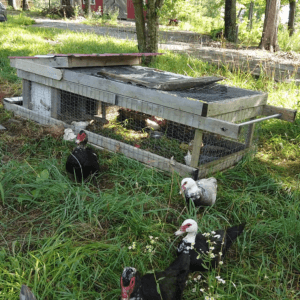


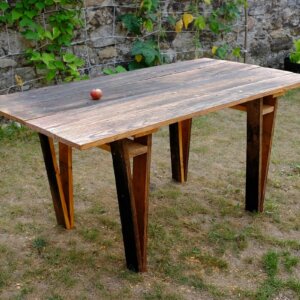


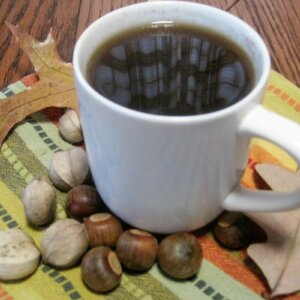
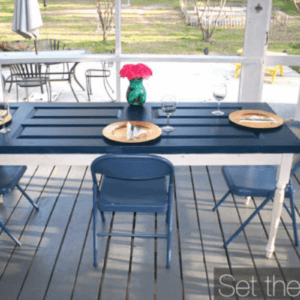

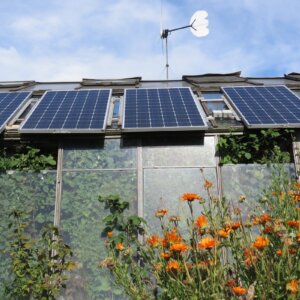


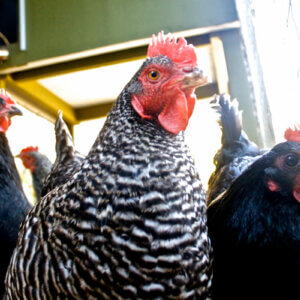

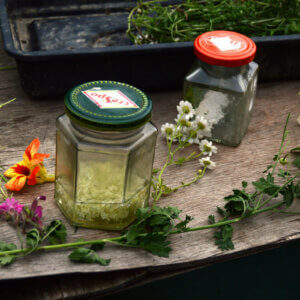
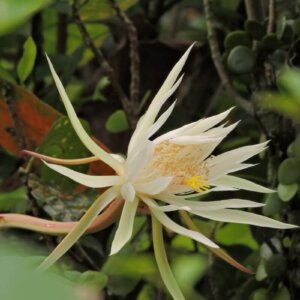
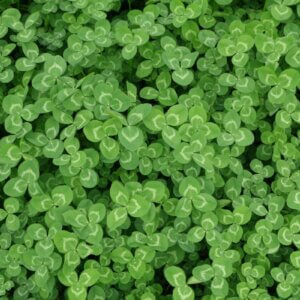
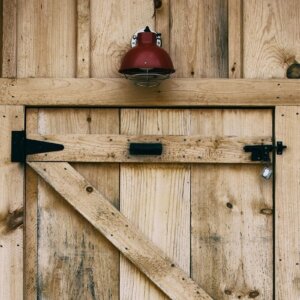
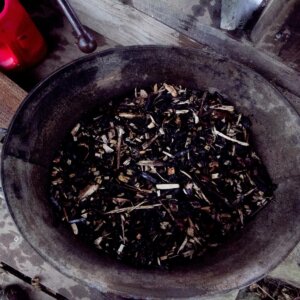
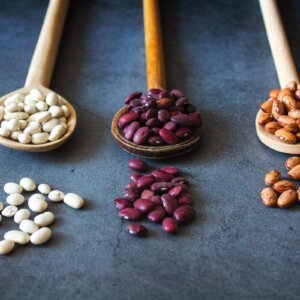
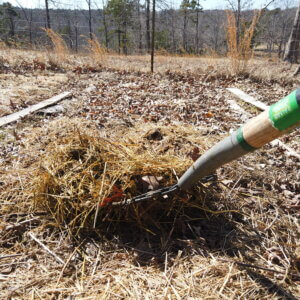

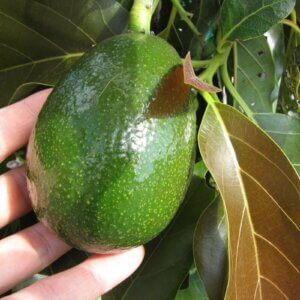


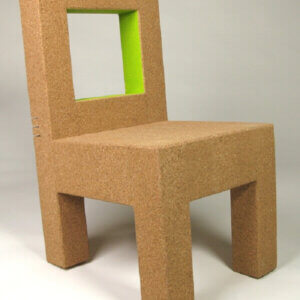
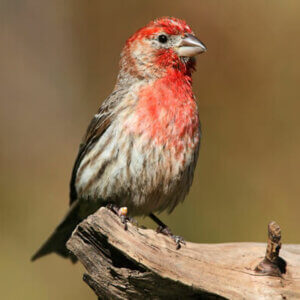
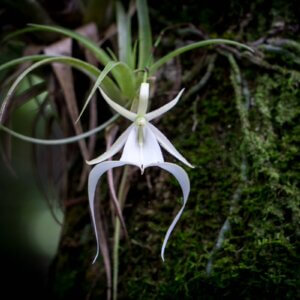

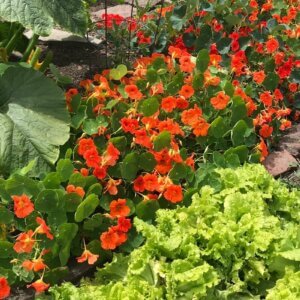
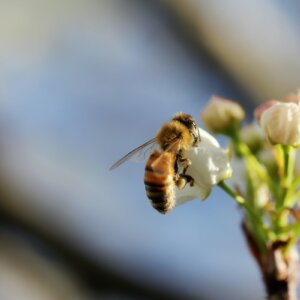
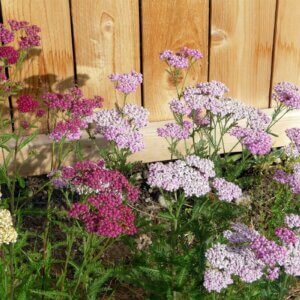



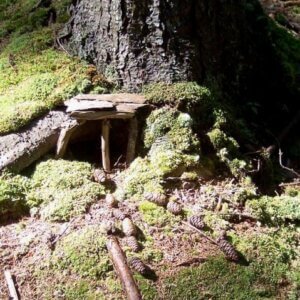
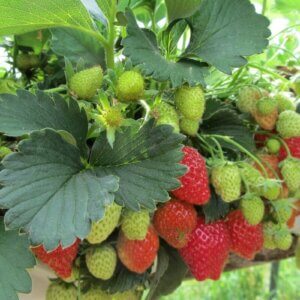

Leave a Reply